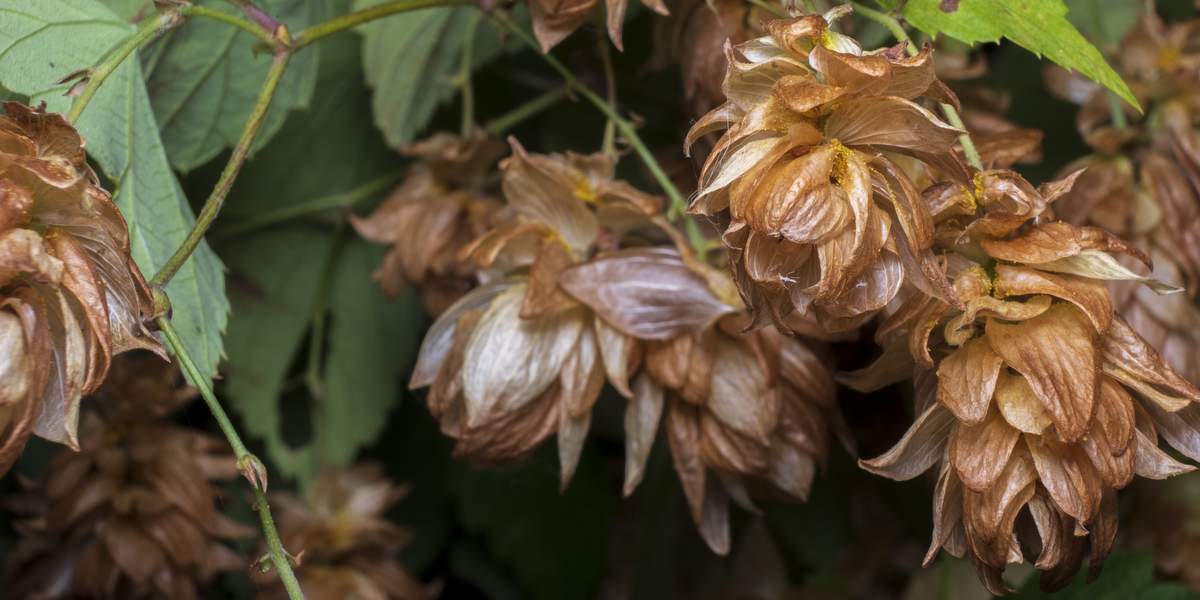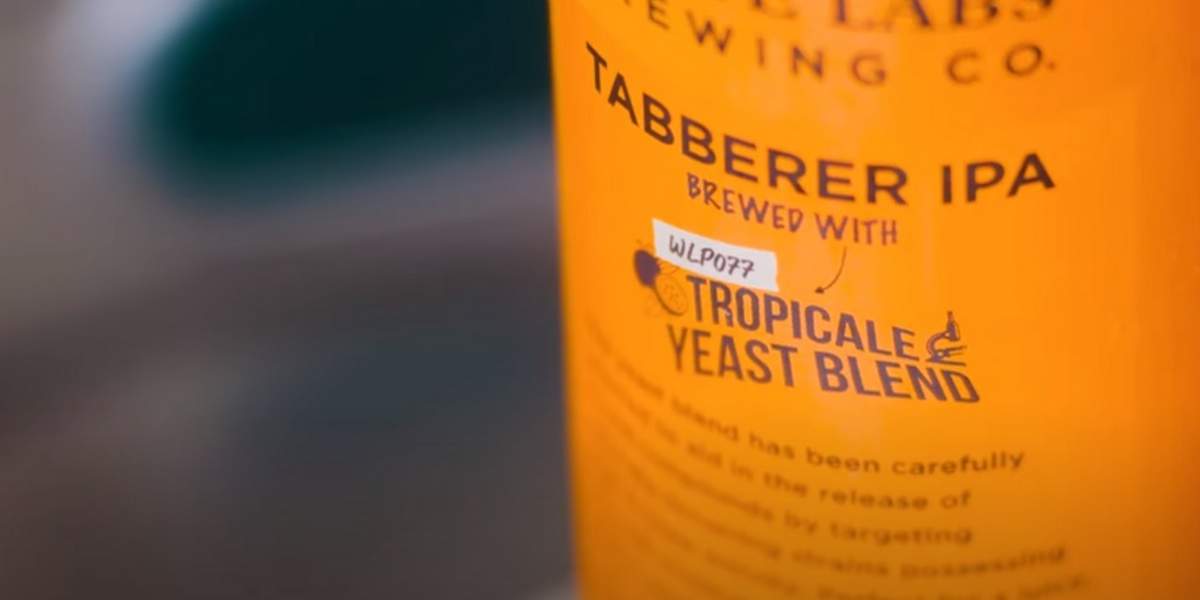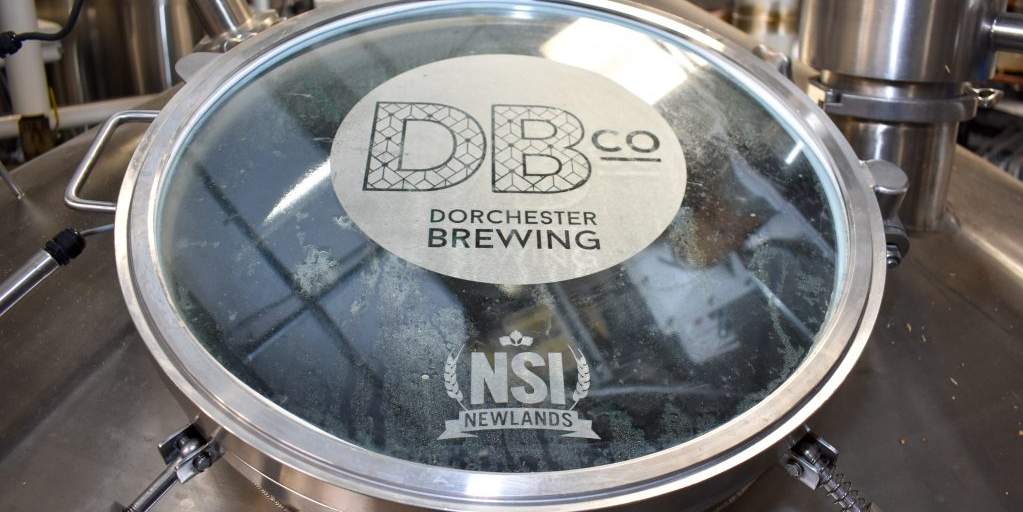Proper pitching and handling of yeast are essential for producing high-quality beer, as the yeast not only affects the alcohol content but also greatly influences the flavor and clarity of the beer. Storage, preparation, wort temperature, sanitation, pitching and aeration are just a few of the important factors to consider when using yeast in the brewhouse. White Labs is a fermentation expert, and the company makes a lot of great yeast products for the craft brewing industry. The company, which operates locations in San Diego, Asheville, Copenhagen and a distribution facility in Hong Kong, also does a nice job of sharing good educational content when it comes to proper pitching and handling.
Surf over to its YouTube page, and you’ll notice the company has released a lot of excellent little video tips of late, formatted for your phone. Let’s listen to Brewmaster Julian Shrago from Beachwood Brewing in California, discuss pitching frequency, in the video above:
“The No. 1 first thing that I look at — not the only thing that I look at — but the first thing I look at is cadence and repitching rhythm and frequency,” says Shrago in the video above. “In general, our house ale yeast, which is White Labs Cal Ale Yeast — in general that gets repitched every five days on the early end and maybe on the eighth or ninth day on the long end, but in general it gets repitched on a weekly cadence, so the first thing that I look at is how frequently and how regularly am I going to be able to repitch that yeast and keep momentum going — kind of like a biological momentum if you will — because it certainly makes a difference. If you pitch a yeast into a beer and then you maybe wait 10 days or 14 days before you repitch it. You may have gone way past any kind of terminal gravity into the point where the yeast’s health is really, really suffering. We’ve certainly seen that before more often with lager fermentations where we’re not brewing them as frequently but frequency is the first thing that I look at.”
We’ve embedded a few of these pitching tips videos in this post. Also, we’ve included five quick recommendations for handling pitchable yeast cultures from the experts at White Labs (that info is from this previous feature story). Drum roll, please.
Recommendation No. 1
Always store the yeast at temperatures between 36-40°F (2-4°C) and follow the recommended best by dates for optimal performance.
Recommendation No 2
For the first generation of the new yeast culture, a lighter style beer with a 10-12°Plato gravity is recommended for best yeast performance. WLN1000 White Labs Yeast Nutrient will help shorten the fermentation cycle and make the yeast healthier for subsequent generations.
Recommendation No. 3:
Keep yeast in the refrigerator until needed. Do not freeze the culture. Remove yeast at least two hours before pitching, so the slurry can come close to room temperature. To inoculate, sanitize scissors, cut the top left of the bag and pour in.
Recommendation No. 4
The fermentation is best started at 70-72°F (21-22°C), even for lagers and lowered to desired fermentation temperature after krausen formation or CO2 begins, which is usually less than 12 hours.
Recommendation No. 5
The initial signs of fermentation should be evident within 12 to 20 hours depending on the age of the yeast. Successive generations will have a shorter lag time and faster fermentation. The first complete fermentation usually takes one to three days longer because yeast needs to adapt from a laboratory culture to a fermentation environment.





Leave a Reply
You must be logged in to post a comment.